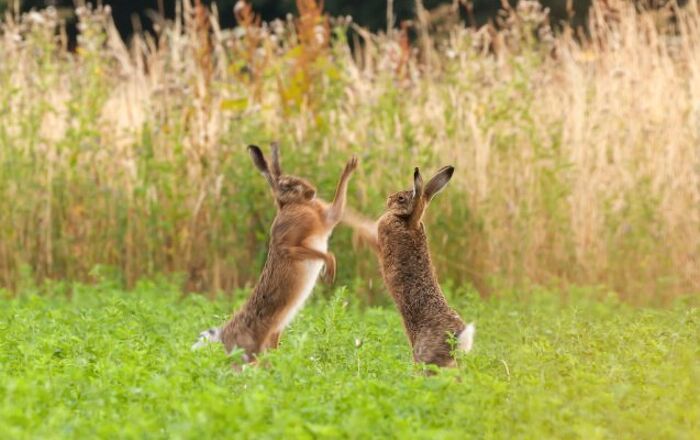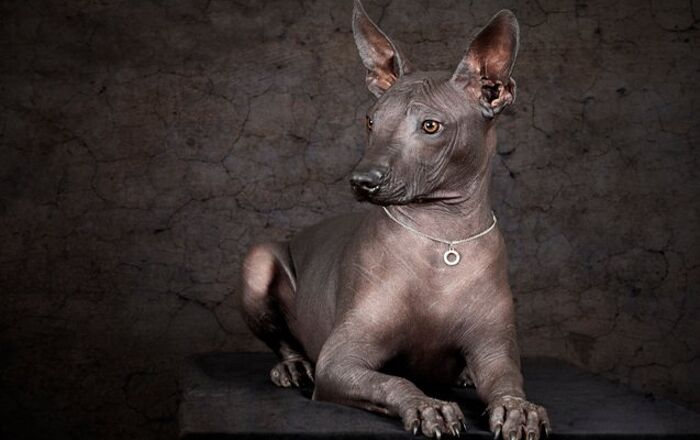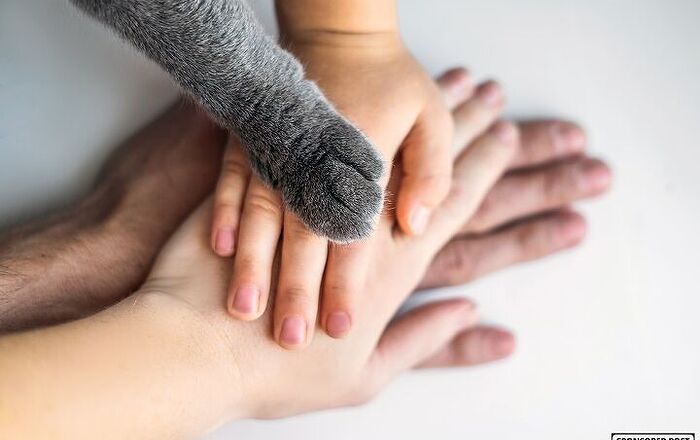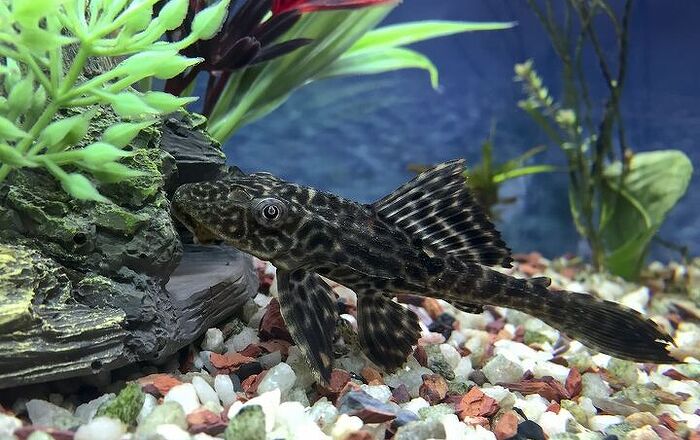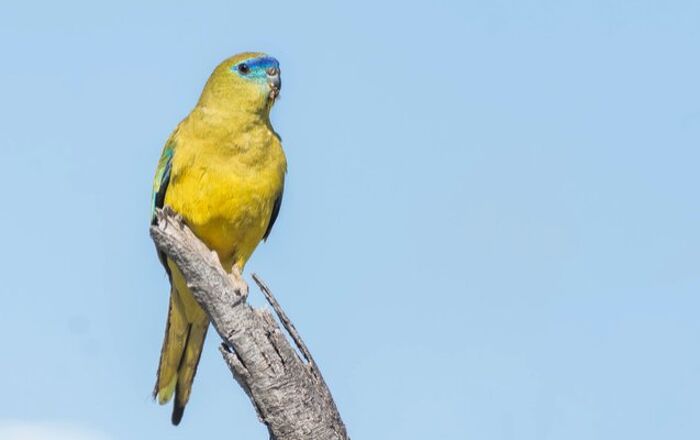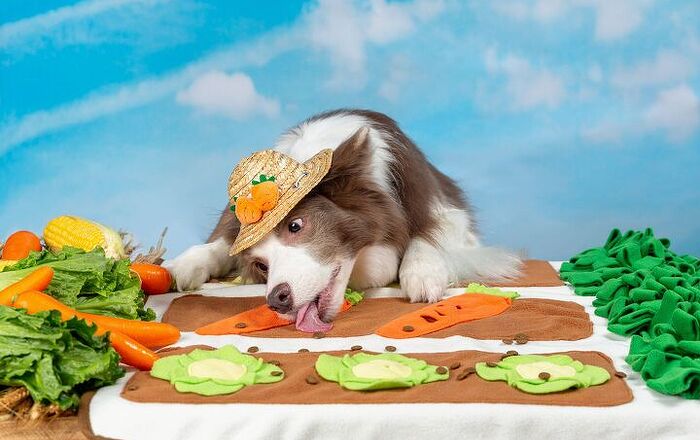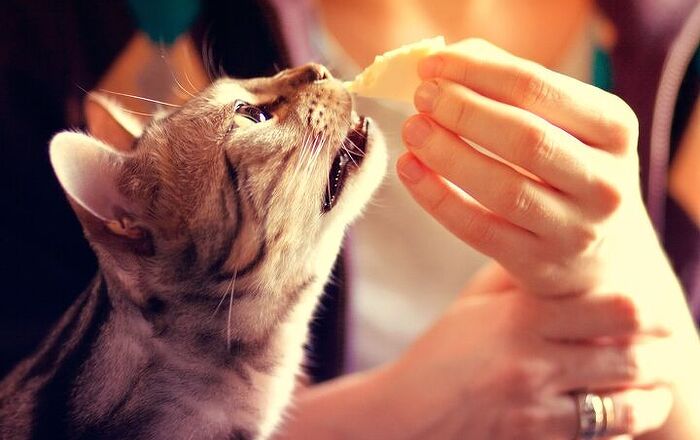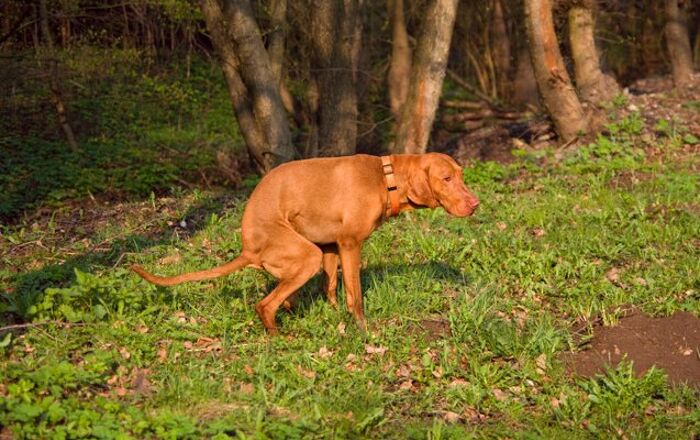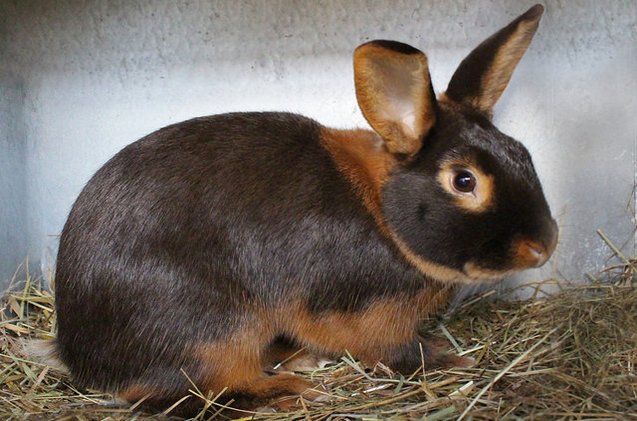
Tan Rabbit Breed History/Origin
This breed was discovered around 1880 in England when a colony of wild rabbits bred with domestic rabbits. Breeders began braising and refining the tan-marked rabbits, and the breed grew in popularity. England had established black, blue and lilac Tan Rabbits by the 1920s. A decade later, it made its way to the United States, and the first Tan specialty club was formed circa 1936. However, this club was later replaced by the Tan Rabbit Specialty Club in 1960, but it wasn’t until the 1990s that the full-arched breed became popular. After the breed standard underwent major revisions, a Tan rabbit won Best in Show at the American Rabbit Breeder’s Association (ARBA) Convention in 2003, and it continues to grow in popularity.
Tan rabbits are one of the few ARBA-accepted rabbit breeds that have a fully arched body.
Overall Description
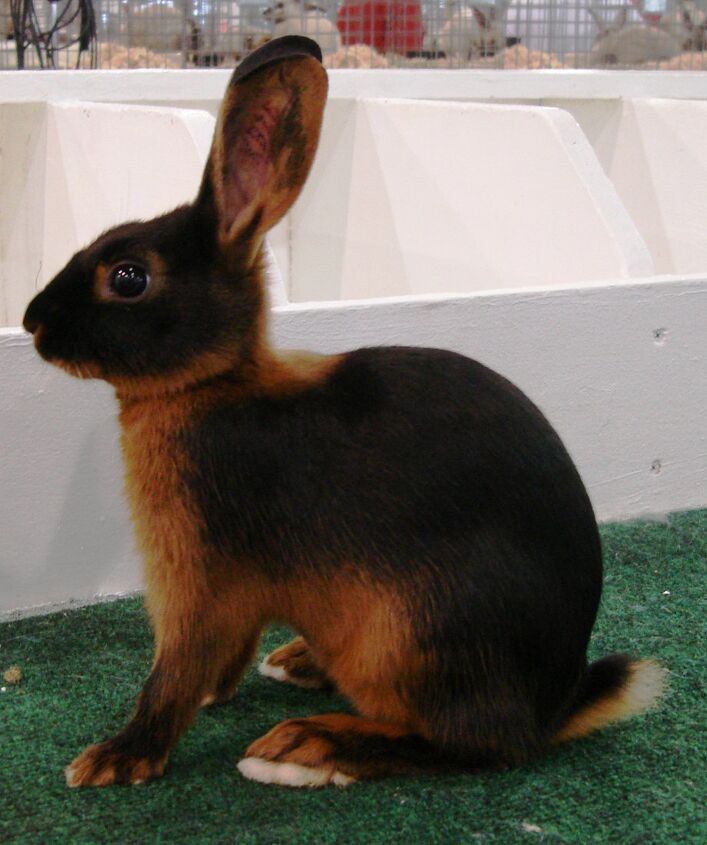
Tan rabbits are one of the few ARBA-accepted rabbit breeds that have a fully arched body. This means it has an arch starting at the nape of the neck that runs smoothly over its shoulders, midsection and hips. Tans have a lean, well-balanced body, and have large ears that stand tall on its head.
Coat
Tan rabbits have glossy flyback fur. Like most rabbits, it does not take much maintenance in order to keep clean Never give your rabbit a full bath, as this causes great stress and can even lead to death. Instead, spot-clean your rabbit with a damp cloth whenever necessary (rabbits are generally clean animals, so owners do not have to worry too much about hygiene).
Rabbits will shed a little bit more than usual twice a year, so you will notice an increased amount of stray hairs in your clothes and around your home during these times. To avoid this, simply brush your rabbit outdoors 1-2 times per week with a slicker brush during heavy shedding periods; otherwise, grooming your Tan Rabbit once every two weeks should be sufficient.
Colors
When breeding full-arched rabbits, the Tan is the easiest to be show-worthy as every tan kit produced will always have the same colors as the buck and doe parent. All Tan rabbits have a red-orange highlight pattern on an otherwise dark coat (which can be blue, lilac, chocolate or black); the dark shading is on the Tan’s back, head and sides. The tan markings are found on the inside of the ears, jowls, nostrils, around each eye, underside of tail, belly, chest and the nape of the neck.
Tan rabbits have glossy flyback fur that’s easy to maintain.
Care Requirements
Like any rabbit, the Tan rabbit’s diet must consist of 70 percent hay in order to stay healthy. The rest of its diet should be comprised of pellets and a select amount of fruits, vegetables, and leafy greens. Always research before feeding your rabbit anything from your fridge, as some vegetables, leafy greens, and even some fruits can be hazardous to your rabbit’s health, or will not contain enough nutrients to be beneficial for its health.
This rabbit does well in indoor and outdoor enclosures. Pet rabbits seem to be healthier overall when kept indoors, as owners are less likely to “forget” about these animals if seen everyday (plus, extreme weather conditions can have an impact on your rabbit’s wellbeing). Outdoor enclosures should be made of wire or wood and need to be raised off the ground in order to protect your rabbit from the elements (such as some rain/snow), as well as potential predators. Indoor enclosures should be made of wire and have a solid bottom to hold bedding, which needs to be spot-cleaned everyday and completely replaced at the end of every week. Because this is such an energetic and lively breed, Tan rabbit enclosures need to be large enough to allow it to hop and jump without getting hurt.
Health
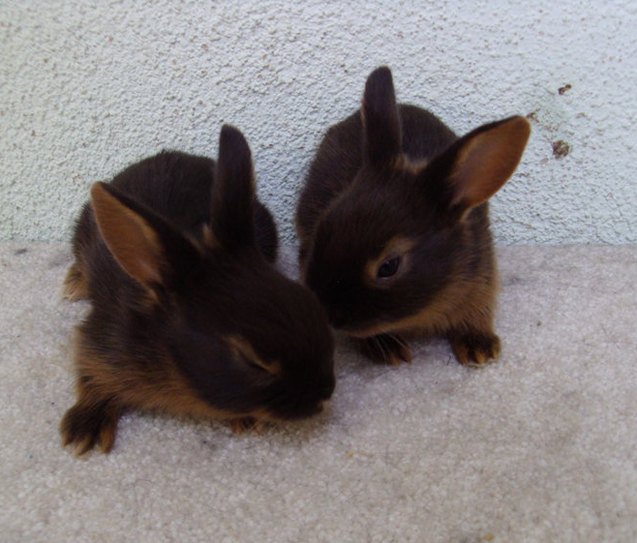
The Tan rabbit doesn’t have any health issues particular to its breed, however rabbit owners should check their pets for common rabbit problems such as overgrown teeth. Overgrown teeth occur when the rabbit has a poor diet that does not consist mainly of hay, which slowly grinds its teeth down naturally. If your rabbit isn’t eat as much, doesn’t eat at all, has fewer droppings or just doesn’t seem to act normal, be sure to check its mouth for signs of overgrown teeth, which can grow into the jaw or face and be extremely painful.
A proper diet is also important to ensure other digestive problems do not occur. For example, if your rabbit develops diarrhea because of a poor diet, its soiled coat can attract flies in the warmer months (especially if it is outdoors). If the rabbit is unable to groom itself properly, the flies can lay eggs in the fur (near the bottom). When those eggs hatch, they will begin to eat your rabbit, causing them extreme pain (flystrike). To avoid this from happening, make sure your rabbit eats a balanced diet and check for any flies that may have landed on soiled fur.
A pea-sized amount of de-worming paste twice a year is also recommended to keep your rabbit protected. You should also check your rabbit’s ears periodically for ear mites.
The Tan rabbit’s friendly and curious nature makes it an excellent pet for a variety of owners.
Temperament/Behavior
Due to its lively, energetic nature, the Tan rabbit may not be suitable for seniors or families with young children, as it can easily run off and be difficult to catch. Having said that, its friendly and curious nature makes it an excellent pet for experienced rabbit owners or for singles and couples looking for an active rabbit. Tans require lots of time outside of its cage in order to be properly socialized so it can grow accustomed to humans.
Rabbits love to play, but it is up to the owner to find out what exactly it enjoys playing with. It can be something as simple as a ball or cardboard box, to a particular toy from your local pet store. Like cats and dogs, every rabbit has its own personality and will enjoy some toys over others.
While not impossible, most rabbits are more challenging to potty train than a dog or cat. Many owners have found success when placing several litter boxes around the home, and rewarding their rabbit with a treat when it is used. With plenty of positive reinforcement, patience and rewards, your Tan rabbit may pick up potty training.
Photo credit: Kelly Flynn; Corinne Benavides/Flickr; rabbit-stock/Diviantart


